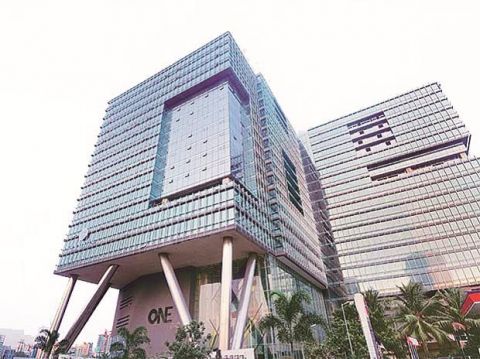Hong Kong's Strata CRE Scenario - Growing on Shifting Sands
Hong Kong real estate market is among the most expensive in the world and the market operates quite differently compared to rest of the world. A comparison between Indian commercial real estate and Hong Kong's real estate market by ANAROCK follows...
The office strata market in high-visibility Asian business cities like Singapore is more or less perpetually of both local and foreign investors. In fact, strata sales are an integral part of the commercial property market in this city where wealthy, family-owned businesses opt for such asset as they allow them to preserve their capital. Apart from that, large corporates from the construction, financial and commodities sectors also have a clear predilection for owned office spaces.
Such companies display a distinct preference for increasing their footprint in the city primarily via strata unit purchases. Simultaneously, Singapore's low-interest-rate environment attracts investors towards strata offices because of their good yield and potentially high capital appreciation. Past and present CRE trends clearly indicate that commercial properties sold either individually or in bulk reap considerable capital appreciation on resale.
Meanwhile, even smaller businesses in Singapore are switching from office tenancy to outright ownership. Consequently, institutional investors' demand for strata units remains robust and Singapore is witnessing a consistent uptick in strata sale office market transaction volumes.
In neighbouring Hong Kong, the strata-sales market is dominated by local investors, particularly HNIs with an eye on the future of this city's increasingly space-starved office districts. Still a developing market, Hong Kong is witnessing a shift in players as well as demand dynamics. The spiralling political unrest along with coronavirus scare has shifted investors’ focus from Hong Kong’s commercial strata market to other Asian cities such as Tokyo.
On the back of the small but visible market fundamentals and investment momentum leading up to the 2020 Tokyo Olympics, investor demand for commercial assets has witnessed a sharp spike in Tokyo. Opportunism is very evident even as Hong Kong's investor focus remains firmly on owned office assets wherever the mid-term and long-term potential is strongest.
The Indian Market’s Maturing Strata Sales Landscape
Back home, the investment climate of India’s commercial real estate market has not attained the maturity levels of Singapore and Hong Kong. However, the changing dynamics are strongly indicative of an ongoing overhaul. While HNIs and NRIs continue to rely on the Indian real state sector, their investment preferences are changing.
The Indian luxury housing segment fetched handsome returns in the 2000-2009 period. Today, only commercial office and retail assets can match those ROI levels. As per ANAROCK research, the average rental yield for residential properties continues to languish at an uninspiring 3%. In sharp contrast, Grade A commercial properties generate 7-9% yields while non-Grade A assets potentially deliver 9-10%.
Today, the Indian strata sale market is becoming increasingly attractive even for smaller investors. A well-chosen CRE play in a tier 2 city can begin at as low as INR 10 lakh. The upper limit for investing Grade A assets in the metros is, of course, somewhere in the stratosphere. However, HNI investors have sensed that these properties are the Next Big Thing on the Indian real estate investment horizon and are moving in even as leading developers have begun putting as much as 25-40% of their commercial stock up for strata sale.
Given these trends, it is safe to say that Indian strata-sale CRE will soon be playing in the Big League of Asia's hottest commercial markets. The horizons have changed, but the sky is still the only limit for opportunities in Indian real estate investment.
